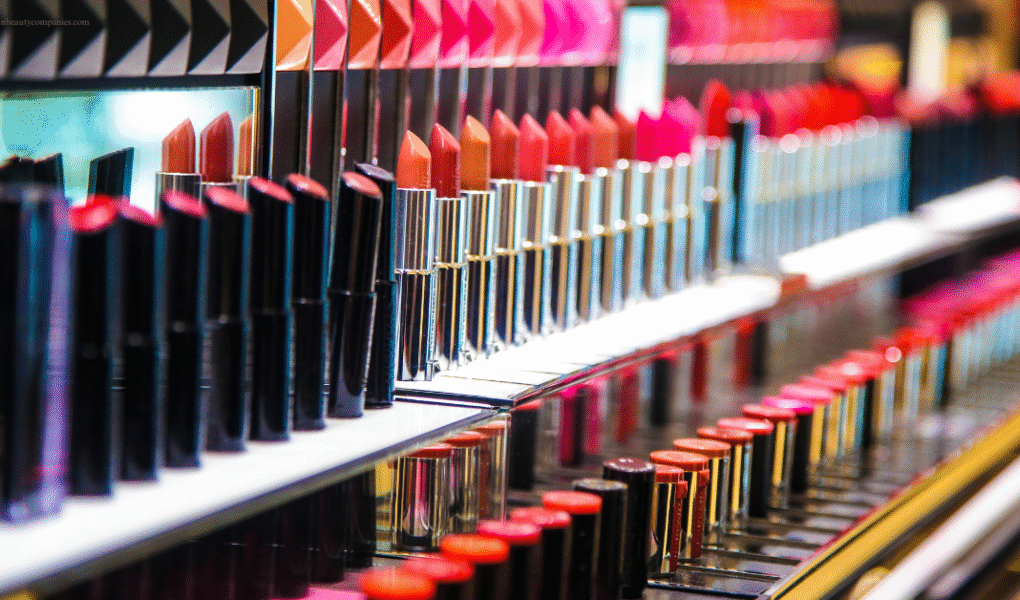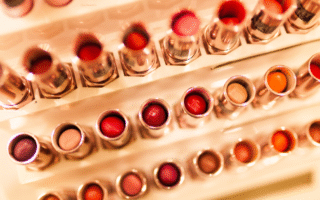The Lipstick Index is a term popularized by the late Leonard Lauder, chairman emeritus of Estée Lauder, who passed away earlier this month, June 2025. Lauder observed that the surge in lipstick sales following 9/11 was not solely driven by affordability. Rather, it reflected a deeper need for comfort and a sense of control during times of uncertainty. For example, after 9/11, lipstick sales across Estée Lauder brands increased significantly, suggesting that consumers often turn to small, affordable luxuries like lipstick when larger purchases feel out of reach.
However, credit for the underlying concept of the Lipstick Effect properly belongs to economist Juliet Schor. In her 1998 book The Overspent American, Schor explored consumer behavior during economic stress. Schor’s insights laid the foundation for understanding prestige lipstick sales as an economic barometer.
When Lipstick Outpaces Inflation: A Luxury No Longer Within Reach?
But is this era coming to an end? Estée Lauder’s lipstick prices have steadily outpaced inflation, making what was once a modest indulgence increasingly unaffordable. In 1985, a lipstick priced around $10 represented approximately 0.0423% of the median household income. By 2001, the price had doubled to $20, but its share of median income increased only slightly to about 0.0473%. In 2024, lipstick prices have doubled again to around $40, with affordability now at approximately 0.0500% of median household income. The strain on consumer budgets is evident as Estée Lauder reported a 10% decline in lipstick sales in 2024.
Today’s beauty buyers aren’t just paying for pigment. With the rise of clean beauty, consumers expect more: ingredient transparency, ethical sourcing, and safety assurances. A $40 lipstick must now deliver not only on performance and prestige, but also peace of mind. The cost of beauty has risen not just in dollars, but in expectations. Bold lipstick may be losing ground, with recent data showing a surge in lip balm, gloss, and oil sales, reflecting a shift from pigment to care.
Skincare (& Lip Care): The New Lipstick?
What once symbolized accessible luxury is shifting. Today, skincare is emerging as the modern beauty essential that feels both luxurious and justifiable.
Skincare—especially when framed as a daily ritual—offers a different kind of value. It’s not just about appearance, but about wellbeing, consistency, and control. For many, investing in skincare feels like investing in oneself: a form of self-respect and care that goes deeper than surface aesthetics. The glow it produces is often seen not only as healthier, but also more authentic.
Estée Lauder Lipstick Affordability Over Time
| Year | Lipstick Price | Median Household Income | Affordability (% of Income) |
|---|---|---|---|
| 1985 | $10 | $23,620 | 0.0423% |
| 2001 | $20 | $42,228 | 0.0473% |
| 2024 | $40 | $80,020 | 0.0500% |
Trend: Estée Lauder’s lipsticks were most affordable in 1985, less affordable in 2001, and least affordable in 2024.
Note: Median income reflects the midpoint — half of households earn less, half earn more. It offers a clearer picture than averages, which are skewed by high earners. Still, many Americans earn well below the median, making even “mid-priced” luxuries feel out of reach.
Decoding Luxury Signals: The House of Whoo
Recently, Nicky Hilton Rothschild—sister to Paris Hilton appeared at The History of Whoo’s luxury exhibition at Frieze New York 2025. This wasn’t simply another celebrity photo-op. Hilton’s presence at the event subtly signaled a cultural shift: the growing legitimacy of East Asian luxury in the eyes of Western status leaders.
Figures like Hilton do not necessarily serve as style icons, but they are unmistakably barometers of status. Their presence often validates which brands belong in the upper echelons of luxury. In that sense, Hilton’s attendance reinforces the idea that Korean prestige skincare is no longer niche—it’s central to the global conversation around aspiration, wealth, and cultural capital.
The New Media Influence: From TV to Social Media
Economist Juliet Schor has long noted how media shapes consumer aspirations, with traditional TV often portraying lifestyles beyond the reach of most viewers, thus driving higher spending. Today, social media platforms like TikTok and Instagram amplify this effect even further, creating a culture of “FOMO” (Fear of Missing Out), a term that gained popularity in the early 2000s. These platforms fuel aspirational consumption by constantly exposing users to curated lifestyles and trends, influencing spending habits in ways both subtle and profound. While this shifts the landscape from passive TV watching to active engagement, the core dynamic remains: media continues to shape what consumers perceive as desirable and “normal”.
In this landscape, cosmetics can “go viral” overnight, propelled by influencers and user-generated content, reshaping how consumers perceive and pursue luxury beauty products. While the medium has changed, the core dynamic remains: media continues to shape what consumers perceive as desirable and “normal” luxury.
C-Beauty’s Little Luxuries: Redefining Value and Origin
While concerns about ingredients like trace metals in lipsticks have influenced consumer perceptions, today’s clean beauty movement emphasizes transparency and safe formulation above all. Brands are increasingly held accountable not just for what’s in their products, but also where and how they’re made.
It’s worth noting that some of the fastest-growing beauty brands—such as e.l.f.—are primarily manufactured in China. Once a stigma, “Made in China” is becoming less a mark of secrecy and more a testament to global manufacturing excellence. After all, the world’s first trillion-dollar company, Apple, openly celebrates its Chinese manufacturing partners. Perhaps it’s time for beauty brands to step out of the shadows and embrace their origins.
The Last Lipstick Generation?
If the Lipstick Index captured a moment when prestige lipsticks stood in for larger aspirations, then millennials may be its last true inheritors. They came of age in the early 2000s at the height of the Lipstick Index, when Leonard Lauder first coined the term.
But as Gen Z gravitates toward skincare, glow, and self-care rituals, the markers of aspiration are shifting. The era of the $40 lipstick is giving way to a new kind of luxury: radiant skin, ritualized wellness, and a redefinition of value itself.
Disclosure: As an Amazon Associate, we may earn from qualifying purchases made through affiliate links in this article.
References:
Estée Lauder Companies. (2024). Pure Color Crème Lipstick. Retrieved from https://www.esteelauder.com/products/687/product-catalog/products/14207/pure-color/creme-lipstick
Schor, J. B. (1998). The Overspent American: Why we want what we don’t need. New York: Harper Perennial
U.S. Census Bureau. (1985). Current Population Survey, Annual Social and Economic Supplement, Table A-2: Median household income. Retrieved from https://www.census.gov/data/tables/time-series/demo/income-poverty/historical-income-households.html
U.S. Census Bureau. (2001). Historical Income Tables: Households, Table H-5: Median household income. Retrieved from https://www.census.gov/data/tables/time-series/demo/income-poverty/historical-income-households.html
U.S. Census Bureau. (2024). Current Population Survey, Annual Social and Economic Supplement, Table A-2: Median household income. Retrieved from census.gov


